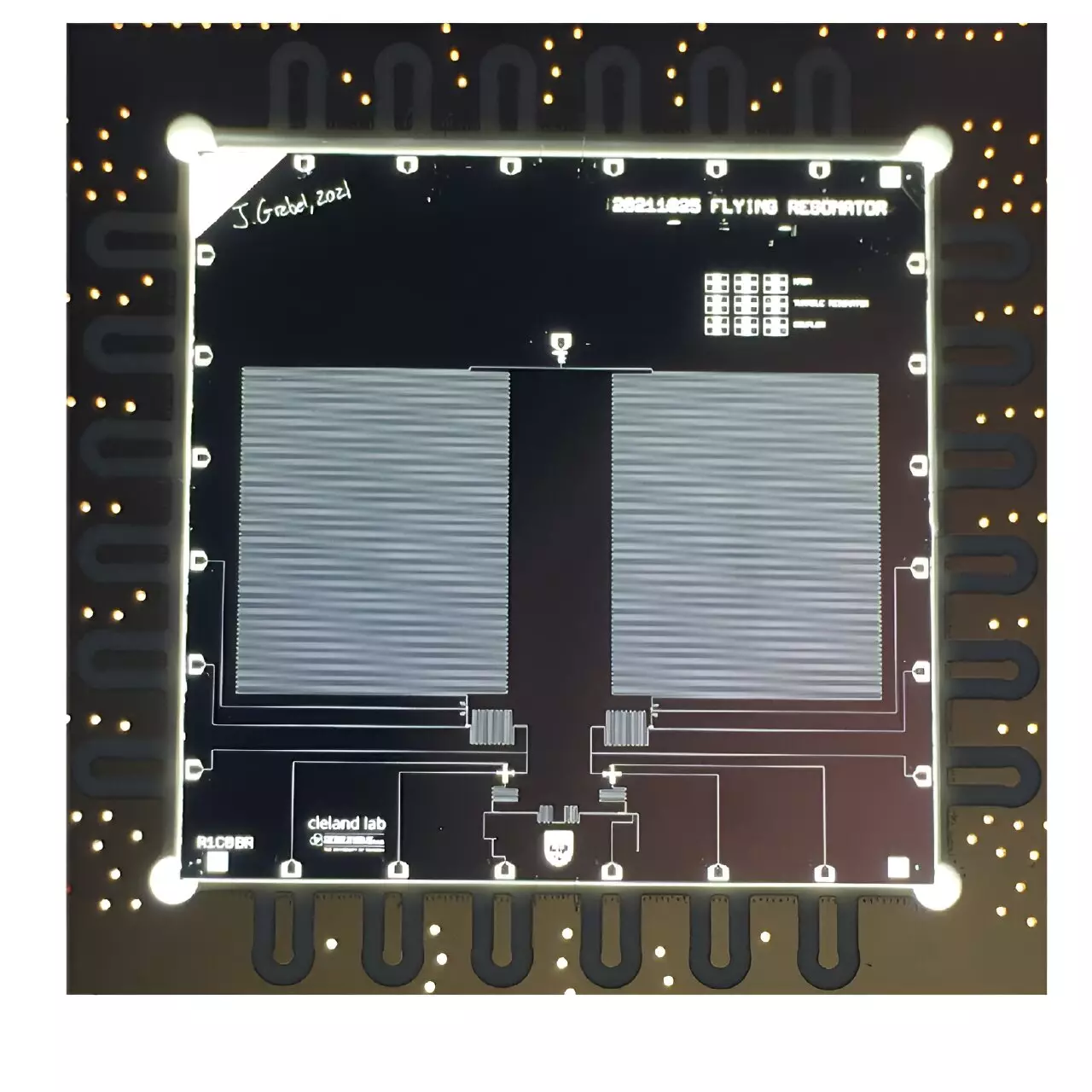Quantum physicists and engineers have been working tirelessly over the past few decades to develop new and reliable quantum communication systems. These systems have the potential to serve as a testbed for evaluating and advancing communication protocols. Recently, researchers at the University of Chicago introduced a groundbreaking quantum communication testbed with remote superconducting nodes. In a paper published in Physical Review Letters, they showcased bidirectional multiphoton communication on this testbed, opening up new possibilities for realizing efficient communication of complex quantum states in superconducting circuits.
The Need for Quantum Communication Testbeds
The development of quantum communication systems is crucial for the advancement of quantum technology. These systems enable the communication of quantum states coherently between qubit “nodes” that are connected via a communication network. However, the existing communication networks are typically sparse and rely on a single physical transmission line. In order to progress in the field, researchers need testbeds that allow them to explore and improve the communication protocols for quantum states.
The recent study by the University of Chicago research team builds upon their previous works published in Nature Physics and Nature. In those studies, they demonstrated the ability to generate remote entanglement and send complex quantum states one qubit at a time. In this new study, they aimed to take a step further and send complex quantum states representing multiple qubits at the same time.
The Role of Resonators
Resonators, devices that exhibit electrical resonance, play a crucial role in the research team’s experiment. These devices have an infinite number of quantum levels, which means they can store very complex states that encode multiple qubits’ worth of data. The team utilized two superconducting qubits, each connected to a tunable superconducting resonator. These resonators were then connected to a transmission line via a variable coupler.
The design implemented by the research team allowed for bidirectional transmission of single microwave frequency photons. Furthermore, they achieved the simultaneous transmission of a two-photon Fock state in one direction and a one-photon Fock state in the other direction. They were also able to transmit superposed photon Fock states. The researchers successfully generated entangled states, including the state with one photon “shared” between the two resonators and the state with two photons “shared” in a similar manner. This breakthrough demonstrates the feasibility of highly efficient communication of complex quantum states between two nodes.
The new quantum communication testbed introduced by the University of Chicago researchers paves the way for further advancements in the field. Firstly, it has the potential to realize distributed computing, where every node in a circuit performs computations and efficiently communicates the results to another node. Additionally, it could be used to demonstrate systems in which two nodes share a complex state and each node performs distinct manipulations on this state. The platform also has the potential for quantum communication, enabling the transmission of coded quantum information of greater complexity in a single transfer.
The development of quantum communication testbeds is crucial for advancing the field of quantum technology. The introduction of a new quantum communication testbed with remote superconducting nodes by the University of Chicago researchers signifies a significant milestone in the quest for efficient communication of complex quantum states. The bidirectional multiphoton communication demonstrated on this testbed opens up new possibilities for the future of quantum communication systems. With further research and advancements, we can expect breakthroughs in distributed computing and the transmission of coded quantum information.


Leave a Reply